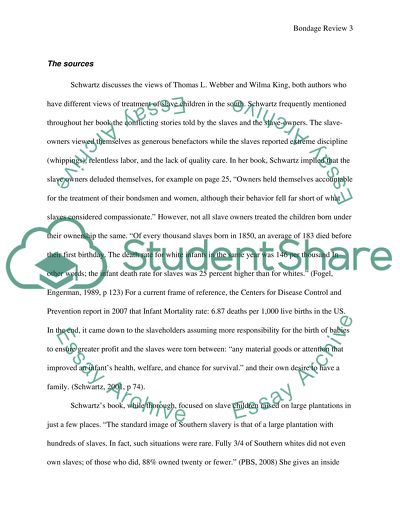Cite this document
(“Born in Bondage by Marie Jenkins Schwartz Book Report/Review”, n.d.)
Retrieved from https://studentshare.org/literature/1528115-born-in-bondage-by-marie-jenkins-schwartz
Retrieved from https://studentshare.org/literature/1528115-born-in-bondage-by-marie-jenkins-schwartz
(Born in Bondage by Marie Jenkins Schwartz Book Report/Review)
https://studentshare.org/literature/1528115-born-in-bondage-by-marie-jenkins-schwartz.
https://studentshare.org/literature/1528115-born-in-bondage-by-marie-jenkins-schwartz.
“Born in Bondage by Marie Jenkins Schwartz Book Report/Review”, n.d. https://studentshare.org/literature/1528115-born-in-bondage-by-marie-jenkins-schwartz.


